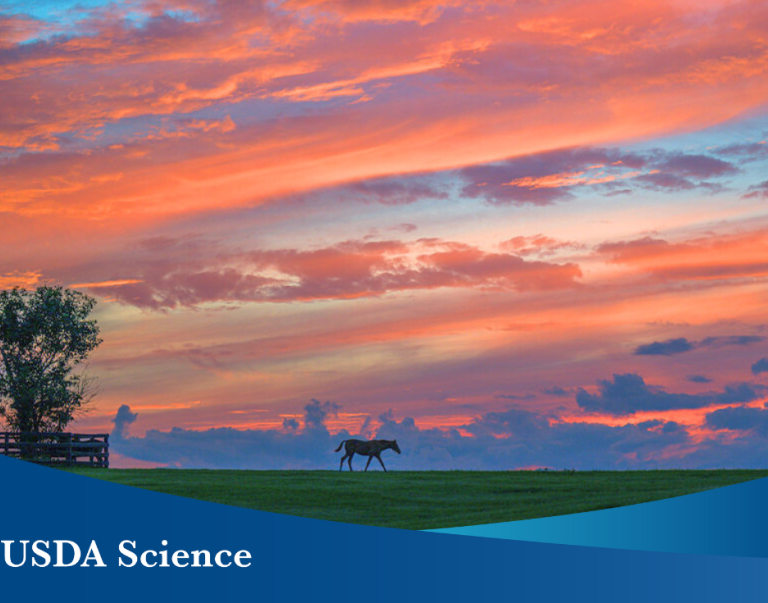Today, September 3, 2014, marks two important 50th anniversaries: the signing of the Wilderness Act and the establishment of the Land and Water Conservation Fund. Since President Lyndon Johnson signed both pieces of legislation in 1964, Americans in all 50 states, across thousands of rural and urban communities, have reaped the benefits of accessible outdoor recreation opportunities and protected natural areas.
Together, these landmark pieces of legislation helped to usher in a new era for conservation.
The Wilderness Act protects wild and scenic undeveloped land across the United States for the benefit of all. Today, the National Wilderness Preservation System includes more than 750 wilderness areas covering almost 110 million acres.
The Act works alongside the Land and Water Conservation Fund, which supports federal, state and local governments in purchasing priority recreation and wildlife habitat lands and waters from willing sellers. Nationwide, the Land and Water Conservation Fund has supported over 40,000 state and local projects, protecting seven million acres of working forests and ranches, wilderness, and world-class recreational lands.
For example, the Land and Water Conservation Fund helps to support an ongoing Forest Service purchasing program to acquire wetlands in the North Florida Wildlife Corridor, which provides freshwater supplies for nearly 20 million Floridians and Georgians and provides habitat for migratory waterfowl, bobcat, black bear and many species of threatened or endangered wildlife. The Fund helps to protect these natural resources while also benefiting local communities that depend on the 800,000-plus tourists who visit these public lands and waters each year. More than 40,000 acres within the 170,000-acre wildlife corridor have been protected, thanks to the Fund.
The Land and Water Conservation Fund achieves results while using no taxpayer dollars. Instead, the Fund uses earnings from offshore oil and gas leasing to help protect sensitive lands.
That’s good, but since its inception, the program has been consistently underfunded. A 2009 analysis by the Trust for Public Land indicates that that every dollar invested in land conservation through the Land and Water Conservation Fund creates $4 in economic value—imagine what could be done if the Fund was used at its full potential.
As we celebrate the 50th anniversary of the Land and Water Conservation Fund, we look back to successful conservation efforts, but we also look forward to the needs of growing numbers of Americans who want to enjoy America’s great outdoors. That is why President Obama has called on Congress to fully and permanently fund this important law so that even more can be done to ensure that future generations have protected and accessible places to play and that rural and urban communities can continue to benefit from the economic opportunity provided by proximity to premiere natural and recreational lands.


